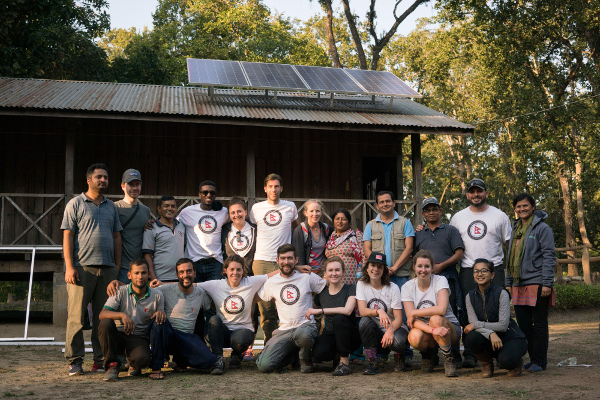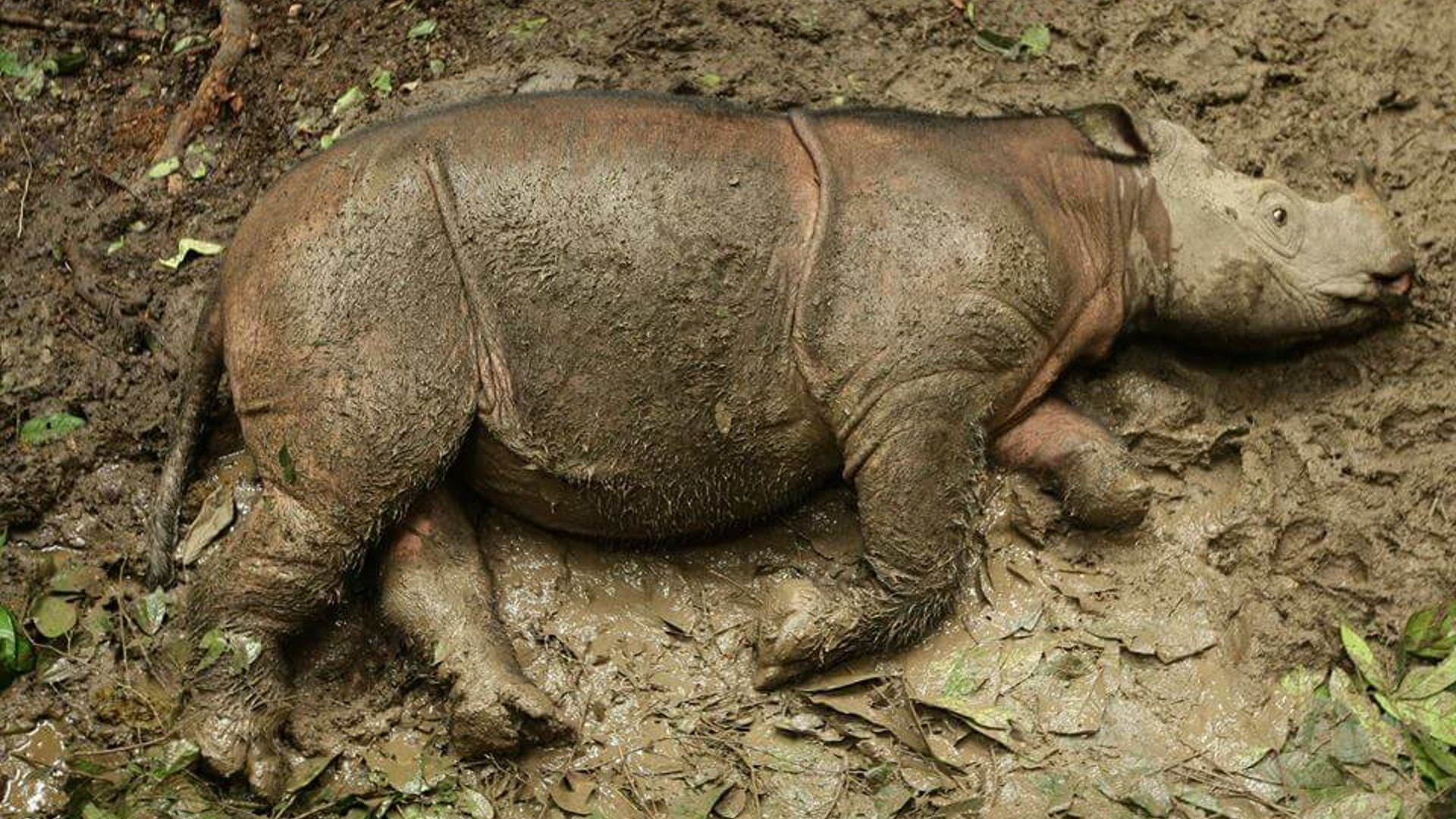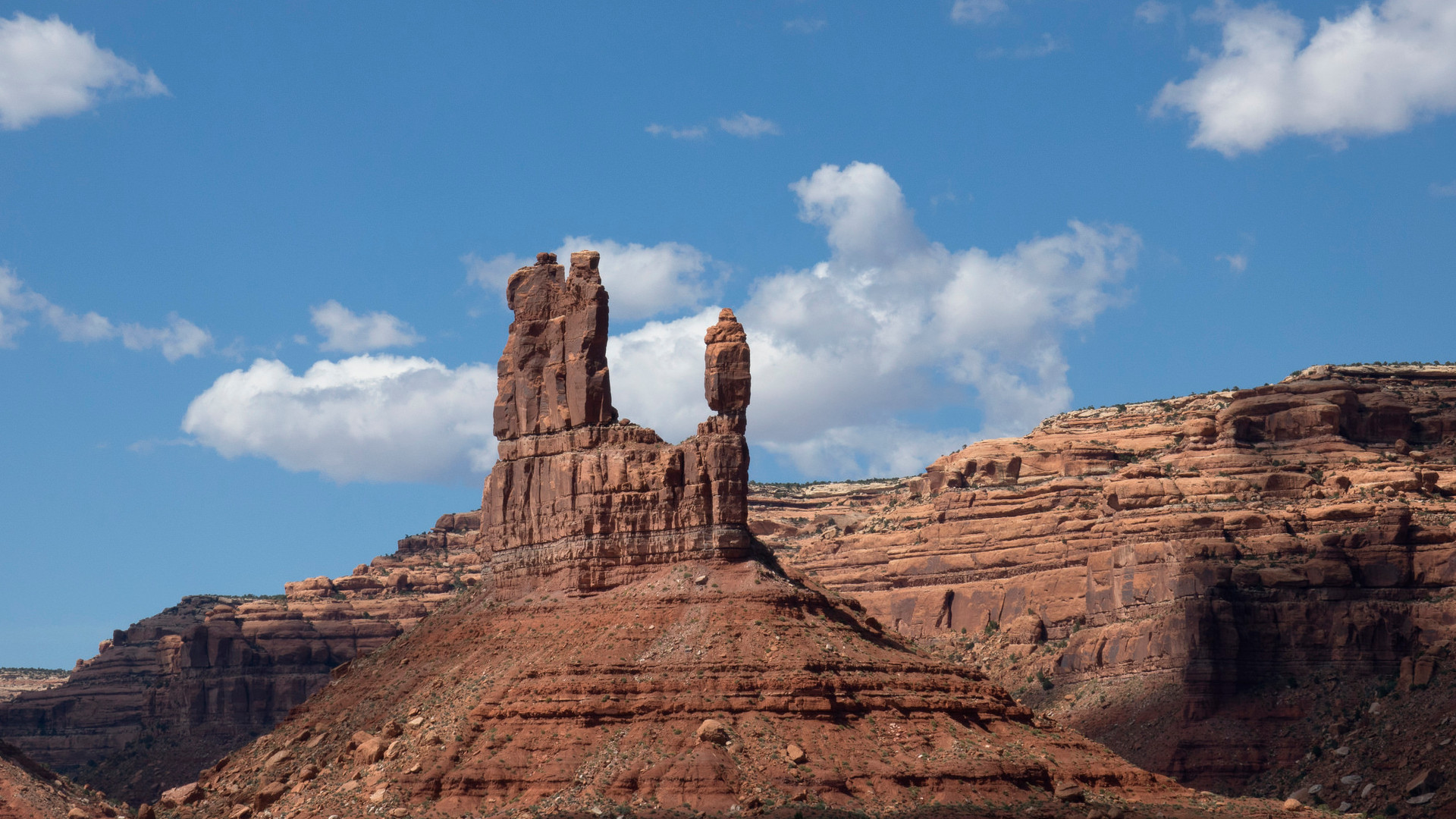What is the role of environmental journalism in a world of science denialism, partisan politics, “fake news” and ever-increasing environmental threats? I gave Bobby Magill, the president of the Society of Environmental Journalists and senior science writer at Climate Central, a call to discuss the nature of covering these tough issues during these difficult times.
A lightly edited transcript of our conversation follows.
John Platt: I’m really interested, as SEJ president and someone with a lot of experience in the field yourself, what you feel the role in environmental journalism is these days, and if you think it’s changing as a result of the political climate?
Bobby Magill: Well, I think clearly the role of environmental journalism is to inform the public about their environment, the regulations that affect their environment, the air they breathe, the public lands they enjoy, the quality of their water, their changing climate. Without journalists and environmental journalism, the public would have a very difficult time trying to parse out the facts versus misinformation regarding the environment in which they live. So, environmental journalism plays a critical role in public understanding of that, and the political process.
Platt: So one of the things that I like about environmental journalism is that it combines so many topics. It’s got science and politics. It’s got crime, lifestyle choices, just about everything under the sun. In your vision, is this kind of like a field that enwraps everything else?
Magill: I like to think about it this way. Maybe not every story, but many stories that we write as journalists can have an environmental angle.
You know, the SEJ board just held its board meeting in Fort Collins, Colorado, and Colorado State University recently built a new stadium right on campus. That required land use change on campus, and that had a variety of issues associated with it. That’s an environmental story because it affects land use. It affects traffic patterns. It affects how people use electricity and water, and how they park their car, it affects transportation and all kinds of things that have environmental consequences. So, that’s a sports story. It’s a business story. It’s an education story, and it’s an environmental story.
Platt: Changing focus, have things gotten harder for environmental journalists over the past few years? Obviously, the EPA was not even all that talkative to journalists, even under President Obama. Now we have President Trump and all that that entails.
Magill: Right. You asked earlier how the role of environmental journalism has changed. It’s all a similar issue. I don’t think that the very basics of how we conduct environmental journalism needs to change under this regulatory environment we now are faced with. Our tactics to get information might need to change, but the need for environmental journalism is more acute now than ever. As journalists we need to be more vigilant in sort of penetrating the veil of government information or lack thereof, and it makes the role of environmental journalists and our job that much more urgent.
The nuts and bolts of how we conduct our jobs change a bit because, you know, we may end up having to file more Freedom of Information Act requests. We do have to go around official sources more often than we used to, and be more creative in how we get good information and verify that information.
“Without journalists and environmental journalism, the public would have a very difficult time trying to parse out the facts versus misinformation regarding the environment in which they live.”
Platt: What do you think the next big challenges are for environmental coverage? Is it breaking through the misinformation, or are there areas you think the field should be focusing on?
Magill: Well, it’s several things. I think one of the biggest challenges that we as journalists don’t acknowledge enough is that we have to sell the idea that the environment needs to be covered to our editors. I had a conversation just this last weekend with a reporter at a traditional newspaper who is struggling a bit to get environmental coverage recognized by her editors, because some environmental stories don’t necessarily get the clicks. They don’t get the engagement that more sensational stories do. And as an organization, we have to convince our editors or information gatekeepers that the environment is worth covering.
We also have to be more creative in how we write our stories, and how we write our headlines so that these issues can rise to the top of our coverage, and of the public’s attention.
Platt: And that’s interesting because you and I are in almost the opposite place. You write for Climate Central, so it’s a dedicated publication. I’m working for a dedicated environmental site. Does that present challenges for getting the story further, aside from our niche readership?
Magill: Well, I think it depends on the publication. Climate Central is a unique organization. You know, it might be a challenge sometimes for readers to come to our website, but we syndicate our stories to other outlets, so one of my stories that appears at Climate Central might appear in Scientific American or Salon, or some of these other publications, which have an audience that’s built in that’s a bit larger. But your publication and others could do drastically different.
You know, within our niche, we still have to make effective pitches for certain kinds of coverage, and that’s something that is going to continue to change. It’s going to continue to be possibly more of a challenge, and it’s something that many of us probably in journalism need to become better at as the media landscape changes.
Platt: And is that changing landscape the continuing weakening of local media?
Magill: Yes. It is. In fact, you could take any region that’s been dominated by a single newspaper or a single media outlet over time, and look at its declining readership and business model. It would certainly present a challenge for environmental coverage. And it’s much, much more difficult for reporters working in those newsrooms to try to get environmental coverage to rise above or to be prioritized, and that’s a challenge that we’re going to continue to have.
While some mainstream news outlets may be declining in their readership, we also have others growing or adapting. Just a couple of days ago, The Times-Picayune and The New York Times created a partnership to study the coastal effects of climate change along the Louisiana coast, and SEJ played a role in that. And these are partnerships that, hopefully, will not only strengthen national media, but if there are more of these partnerships, they will strengthen local media, as well.
So I think the media in general are going to have to be — and are actually being — quite creative to try to strengthen local coverage of environmental topics, particularly, climate change.
Platt: A couple of months back someone asked me, how do I try to inspire my readers to action? That’s an interesting question because sometimes I just want people to know the information and make up their own minds and see if they want to take their own action. Do you think we’re in a position where we should be pushing people directly to say, this is what you should do, or this is what you could do?
Magill: Well, it’s an interesting question — and there are journalists who bristle at it. But here’s the thing, you know, we have Investigative Reporters and Editors, which is an organization that, by its very name, the mission is this righteous indignation against corruption and that sort of thing. And you know, these are straight-up journalists, right, who have taken it as their professional mission in life to essentially call out corruption, and in so doing, they’re inspiring their readers. They’re issuing a call to action to their readers through journalism, I’d imagine, to vote out corrupt politicians and stop corruption in whatever way they can, to speak out about corruption at least.
I don’t necessarily know that there’s any sort of consensus to whether, you know, the environment or environmental reporters have the same mission, or should have the same mission, but it certainly is a question. If we accept that part of journalism’s mission is to call out corrupt government and to encourage open government, it’s not that much of a leap to jump to the idea that we as journalists might also want to use that principle and apply it to environmental issues, specifically clean air, clean water, and just simply the fact of climate change. And it is a question that we will grapple with as we’re dealing with questionable public information about climate change and the legitimacy of science.
Platt: Are there any particular stories that you think people should be paying attention to over the next few months?
Magill: Well, one that I think is incredibly important is the federal budget. If any of Trump’s budget cuts come to pass, it has an effect on climate science or federally funded climate science, and federally conducted climate science and environmental enforcement. So it has this very long ripple effect, and it’s something that people should be paying very, very close attention to, particularly the details of which programs are affected.
Platt: That’s great, Bobby. Thanks.
Magill: Thank you.




![Solar Power in Nepal: Protecting Wildlife, Empowering Women [Video]](https://therevelator.org/wp-content/uploads/2017/06/elephant-chitwan-Stefanos-Nikologianis.jpg)





